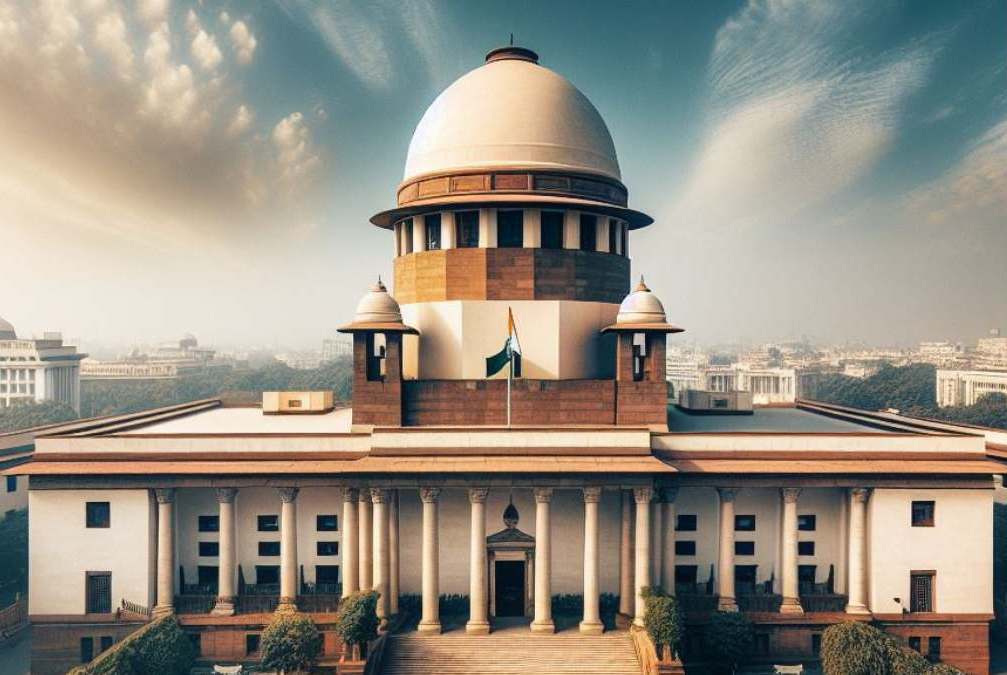14 Stages of Civil Suit As Per Civil Procedure Code
| Stage | Provision | Time | Option |
| Filing of plaint | Order 7, Rule 1 | 30 days | Plaintiff can withdraw the plaint within this time period. |
| Service of summons | Order 7, Rule 2 | 30 days | Defendant can file a written statement within this time period. |
| Appearance of parties | Order 9, Rule 1 | 30 days | Parties can appear in person or through their lawyers. |
| Written statement | Order 8, Rule 1 | 30 days | Defendant can file a written statement denying the plaintiff’s claim. |
| Settlement | Section 89 | Any time | Parties can settle the dispute at any time before the judgment is pronounced. |
| Interlocutory proceedings | Various orders | As per order | These are proceedings that are taken up by the court during the course of the suit to decide some interim matter, such as the grant of an injunction or the appointment of a receiver. |
| Production of documents | Order 13 | As per order | Parties are required to produce all documents relevant to the case. |
| Examination of parties | Order 10 | As per order | Parties are examined by the court to elicit their evidence. |
| Discovery and inspection | Order 12 | As per order | Parties are allowed to inspect each other’s documents and to ask questions about them. |
| Admission | Order 11 | As per order | Parties can admit facts that are not in dispute. |
| Framing of issues | Order 14 | As per order | The court frames the issues that are to be decided in the case. |
| Hearing of suit and examination of witnesses | Order 18 | As per order | The court hears the evidence of the parties and their witnesses. |
| Judgment | Order 20 | As per order | The court pronounces its judgment after considering the evidence and arguments of the parties. |
| Appeal, review, and revision | Various provisions | As per provision | The parties can appeal against the judgment, or the court can review or revise it. |
- Filing of plaint
- The plaintiff files a plaint in the court of competent jurisdiction. The plaint must contain the following:
- The names and addresses of the plaintiff and the defendant.
- The facts of the case.
- The relief that the plaintiff is seeking.
- The plaint is then served on the defendant.
- The plaintiff files a plaint in the court of competent jurisdiction. The plaint must contain the following:
- Service of summons
- The summons is a document that orders the defendant to appear in court and answer the plaintiff’s claim.
- The summons must be served within the prescribed time period.
- Appearance of parties
- The defendant must appear in court on the date mentioned in the summons.
- If the defendant does not appear, the court may proceed ex parte (in the absence of the defendant).
- Written statement
- The defendant files a written statement in response to the plaintiff’s plaint.
- The written statement must deny or admit the plaintiff’s allegations.
- The defendant may also raise a counterclaim against the plaintiff.
- Settlement
- The parties may settle the dispute at any time before the judgment is pronounced.
- If the parties settle, the court will pass an order dismissing the suit.
- Interlocutory proceedings
- These are proceedings that are taken up by the court during the course of the suit to decide some interim matter, such as the grant of an injunction or the appointment of a receiver.
- Production of documents
- The parties are required to produce all documents relevant to the case.
- The court may order the parties to produce specific documents.
- Examination of parties
- The parties are examined by the court to elicit their evidence.
- The court may also examine witnesses.
If you need help with civil litigation cases in Halol, you can hire Nirav Parekh, a civil litigation lawyer.






Leave a Reply